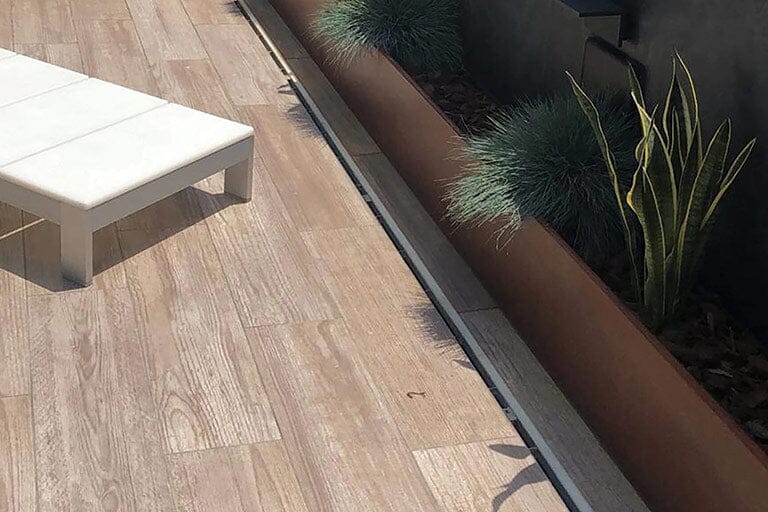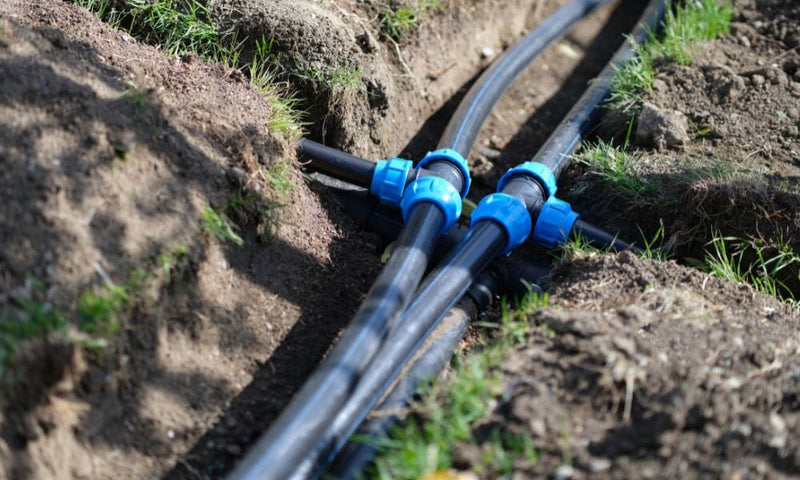What Is Geo-Grid Ground Reinforcement
-
20/04/21
-
Vodaland Canada
You may have wondered what’s under those grass parking lots or gravel driveways that holds everything in place. What you’re asking is, “What is a geo-grid ground reinforcement?” A geogrid is a polyethylene or other synthetic system of apertures (holes) connected with transverse and longitudinal ribs. Geogrids provide reinforcement to load-bearing soils under roads and driveways. They can also prevent erosion on slopes and retain gravel and turf in driveways.
Geo-grid ground reinforcement works by allowing “soil strike-through” that causes the ground to press against the ribs of the grid, which in turn press against the joints or “nodes” that connect the ribs to each other. This creates a composite effect as the materials interlock with each other. This behavior distributes loads more evenly across a wide area of soil that otherwise might become rutted or eroded or fail to support the load. Geo-grids have higher tensile strength than the soils they contain and, depending on their size, can endure heavy loads.
There are three types of geo-grids. The original became available in North America in 1982. This version is called “punched and drawn” because it was formed by punching holes in a sheet of material and then stretching or “drawing” it into the grid shape.
The second type of geo-grid is a technical textile reinforced by polyester yarns, then coated. The grid is an intertwined or knitted fabric of transverse (sideways) and longitudinal (lengthwise) fibers.
The last type of geogrid is formed by welding or fusing polyester or polypropylene straps or rods, using ultrasonic methods or lasers, to form the grid.
A geogrid’s height, the size of its apertures, and the thickness of its ribs all affect its suitability for particular jobs. Civil engineers consider the optimal aperture size, the likely tensile strain, the rib thickness, and the strength of the junctions or nodes where the ribs come together to determine what type of grid to use.
In addition to reinforcing roadbeds and containing gravel, geo-grids are useful supports for retaining walls. They distribute the enormous force of soil pressing against stone or concrete walls to help prevent collapse. Geo-grids also hold railroad beds in place, support logging and coastal roads, and reinforce parking lots.
Vodaland offers three sizes of geo-grid in connectable sections to cover large areas. We also carry geo-grid anchors, plastic manhole covers, and drainage systems for residential and commercial use.





















































